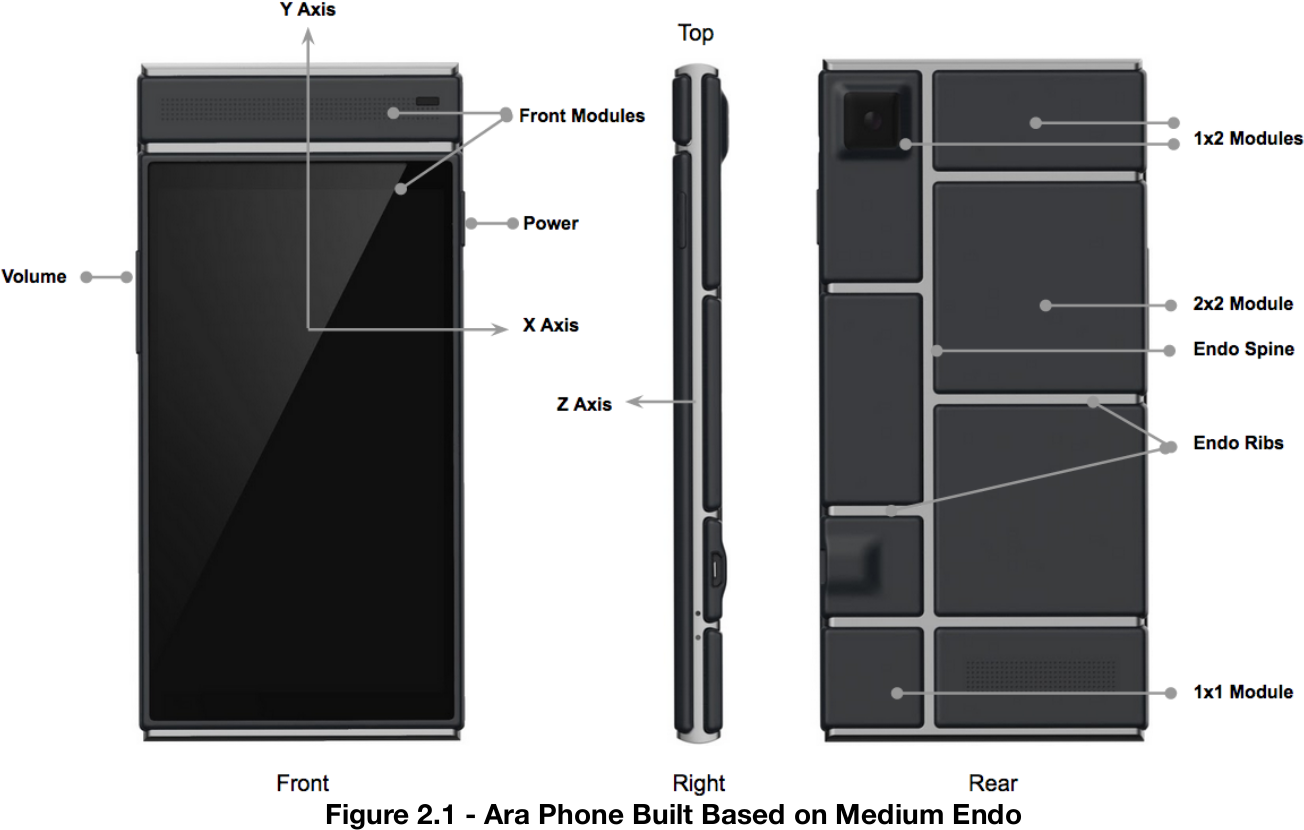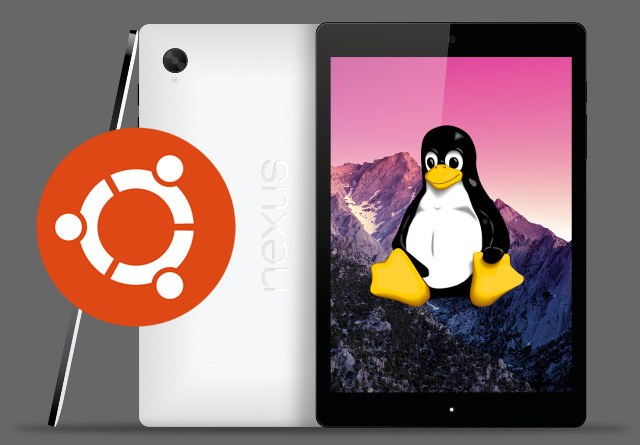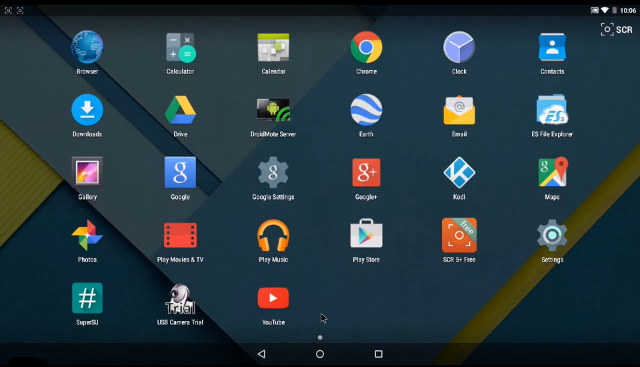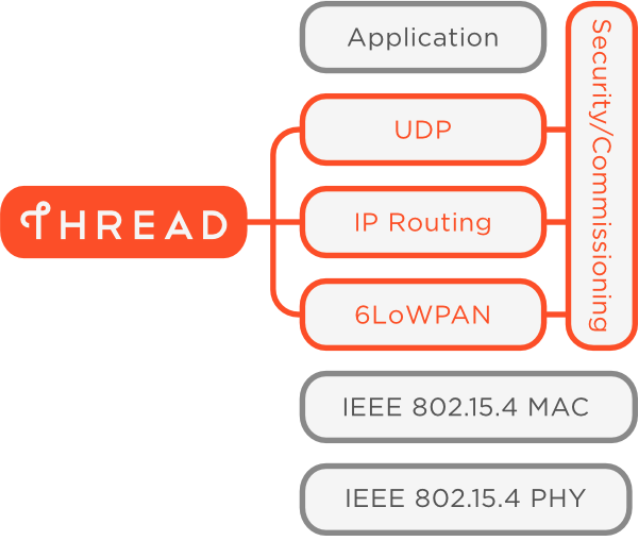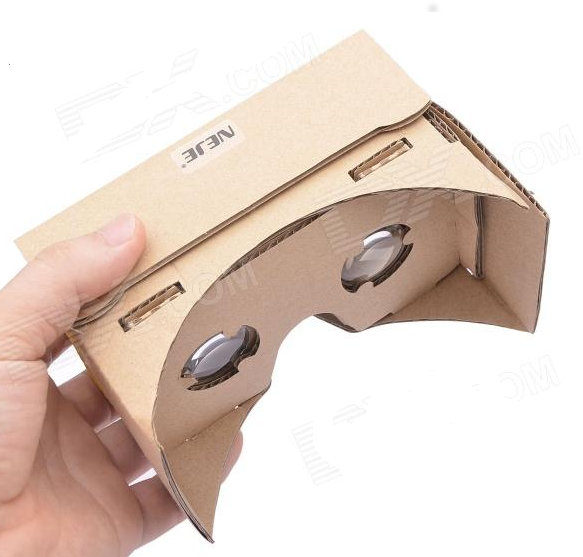Google has now announced that students applications for Google Summer of Code (GSoC) are now open. Students can get paid up to $5,500 to work on various open source projects selected for the event. Fewer companies have been accepted this year, and even big names like the Linux Foundation and Mozilla got their application rejected. There are still over 137 open source projects to work on including: MinnowBoard project – Potential software projects for the Intel Atom embedded board include making low speed I/O buses more accessible via intermediate open source libraries (e.g. SMBus/PMBus/Wiring libraries), and improving the open source firmware. lowRISC SoC project – Potential projects: Schematic Viewer for Netlists (SVG/JavaScript), open source FPGA compilation flow using Yosys, accessing the OpenCores ecosystem, etc… BeagleBoard.org – Lots of project ideas relying on the BeagleBone Black board, dealing with Linux kernel support for embedded devices and interfaces, ARM processor support in […]
Android 5.1 Released, Adds multiple SIM Cards Support, HD Voice, and More
Google has just announced the release of Android 5.1, still called Lollipop, which mostly improves performance and stability, but also adds a few features. There are at least 4 main additions or improvements on Android 5.1: Multiple SIM slots support – Allows to use 2 or 3 SIM cards in your phone to better manage your mobile costs. Device Protection – Your lost or stolen device will remain locked until you sign in with your Google account – even if someone resets your device to factory settings. Google says it will be available on most Android phones and tablets shipped with Android 5.1, implying it might not be supported on all. High Definition voice calling Join Wi-Fi networks and control of your paired Bluetooth devices directly from Quick Settings. Factory images can already be downloaded for Nexus 5, Nexus 10, and Nexus 7 Wi-Fi (nasaki), but Android 5.1 firmware should […]
Linaro Connect Hong Kong 2015 Schedule and Demos
Linaro Connect Hong Kong 2015 will take place on February 9 – 13,2015 in Hong Kong, and the organization has released the schedule for the five days events with keynotes, sessions, and demos. Each day will start with the keynote including speakers such as: George Grey, Linaro CEO, who will welcome attendees to Linaro Connect, and provide an update on the latest Linaro developments Jon Masters, Chief ARM Architect, Redhat, who will present Red Hat update and latest ARMv8-A demonstrations Dejan Milojicic, Senior Researcher & Manager, HP Labs Bob Monkman, Enterprise Segment Marketing Manager, ARM, will discuss about the impact of ARM in next generation cloud and communication network infrastructure Greg Kroah-Hartman, Linux Foundation Fellow, will introduce the Greybus Project (Linux for Project Ara modular phones) Warren Rehman, Android Partner Engineering Manager, Google The agenda also features sessions covering Android, ARMv8-A, Automation & Validation, Digital Home, Enterprise Servers, LAVA, Linux […]
Project Ara Modular Phone Update
The modular phone concept started with PhoneBloks, whose founders shortly got to work with Motorola Project Ara, and since Google bought parts of Motorola, the concept is now part a Google’s project. Project Ara Developers Conference 2015 has taken place yesterday in California, but if you’ve missed it, another one is planned in Singapore on January 21, and it will also be live-streamed. We’ve now got a bit more information, a neat video has been uploaded to YouTube showing how a battery, a (broken) display, speakers, and camera modules would slide into the phone, and a pilot project has started in Puerto Rico. Google has very recently shipped Spiral 2 developer hardware enable prototyping and development of modules for the Ara platform. The kit consists of: A board with the UniPro Switch in the Ara endoskeleton and multiple modules interfaces with UniPro Bridge ASICs (Tosbiba T6WM8XBG-0001) supporting multiple bridged and tunneled protocols; An […]
How to Install Ubuntu ARM64 on Nexus 9 Tablet
HTC Nexus 9 is one of the first 64-bit ARM platform with powerful ARMv8 cores (e.g. not Cortex A53) that both commercially available, and relatively affordable at $399 to $599, at least significantly cheaper than the server boards such as Applied Micro X-C1. The tablet comes with Android 5.0 Lollipop, but for those of you who wish to have an ARM64 platform running Ubuntu or other 64-bit Linux operating systems, Ubuntu installation instructions provided by Ryan Houdek, Dolphin emulator developer, might come handy, especially it won’t affect your Android installation provided you have already unlocked your bootloader. The instructions are fairly long so I won’t reproduce them all here, so I recommend you check the detailed instructions on XDA, but the short summary below may give an idea of the amount of work needed: Install dependencies such as Aarch64 toolchain:
|
1 |
sudo apt-get install gcc g++ git gcc-4.9-aarch64-linux-gnu g++-4.9-aarch64-linux-gnu |
Build a initramfs with buildroot. You’ll need to enable […]
Full Version of Android 5.0 Ported to Nexus Player
Asus Nexus Player is the first consumer device running Android TV, which itself is a subset of Android 5.0 but focusing on usability and user experience for the TV. That means anything that works on this Intel based media player should work pretty well, but for the same reasons Android TV has limited features compared to Android 5.0 operating system used in tablets or smartphones. So the developer of Droidmote app decided to get a Nexus Player, and port the full version of Android 5.0 to it, and called it Nexus Player LolliRock. The Linux kernel used in this firmware support NTFS, NFS, CIFS, and F2FS file systems as well as USB webcam and USB audio, and LolliRock is based on AOSP source code, includes Google Play, and you can transfer files between the device and your PC via USB. It’s still a preliminary version, and a few things still […]
Thread is a New IP-based Wireless Protocol Leveraging 6LoWPAN and 802.15.4 Standards
Wi-Fi is a neat way to connect devices to Internet, but it has two main inconveniences: relatively high cost and power consumption. Luckily there are standards that addresses the cost and power consumption issues. Radio chips based on IEEE 802.15.4, a standard which specifies the physical layer and media access control for low-rate wireless personal area networks, are common place and found in many existing devices relying on higher level wireless protocols such as ZigBee, ISA100.11a, WirelessHART, and MiWi. AFAIK, Zigbee is the most popular of the aforementioned protocols, but is hindered by the requirements of the license for commercial products (annual fee), Zigbee membership requirements conflict with many open source license such as GPL, and the standard suffers from lack of interoperability and IPv6 support, and power requirements that are too high for some applications. So a consortium of seven companies namely ARM, Big Ass Fans, Freescale, Nest, Samsung, […]
NEJE ZB01 Clone of Google Cardboard Virtual Reality Kit Sells for about $12
Can you remember Opendive, a low Cost DIY open source 3D virtual reality kit for smartphones? The kit can be built by anybody as long as you happen to own a 3D printer. But Google liked the concept, and at the latest Google I/O, the company designed the cardboard equivalent using the same lenses, and adding accessories namely a magnet, Velcro strips, and a rubber band to complete the kit. But some people saw a business opportunity here, and created NEJE ZB01, a nearly identical reproduction of the Google kit that can be bought for $12.66 on DealExtreme, instead of the $19.95 you’d have to pay for the original kit. The complete kit includes the cardboard, a rubber band, two magnets with 2cm diameter, two lenses with 2.3 cm diameter, and a pair of Velcro strips. It’s suppose to work with device using displays between 4″ and 7″ large. You’ll […]





